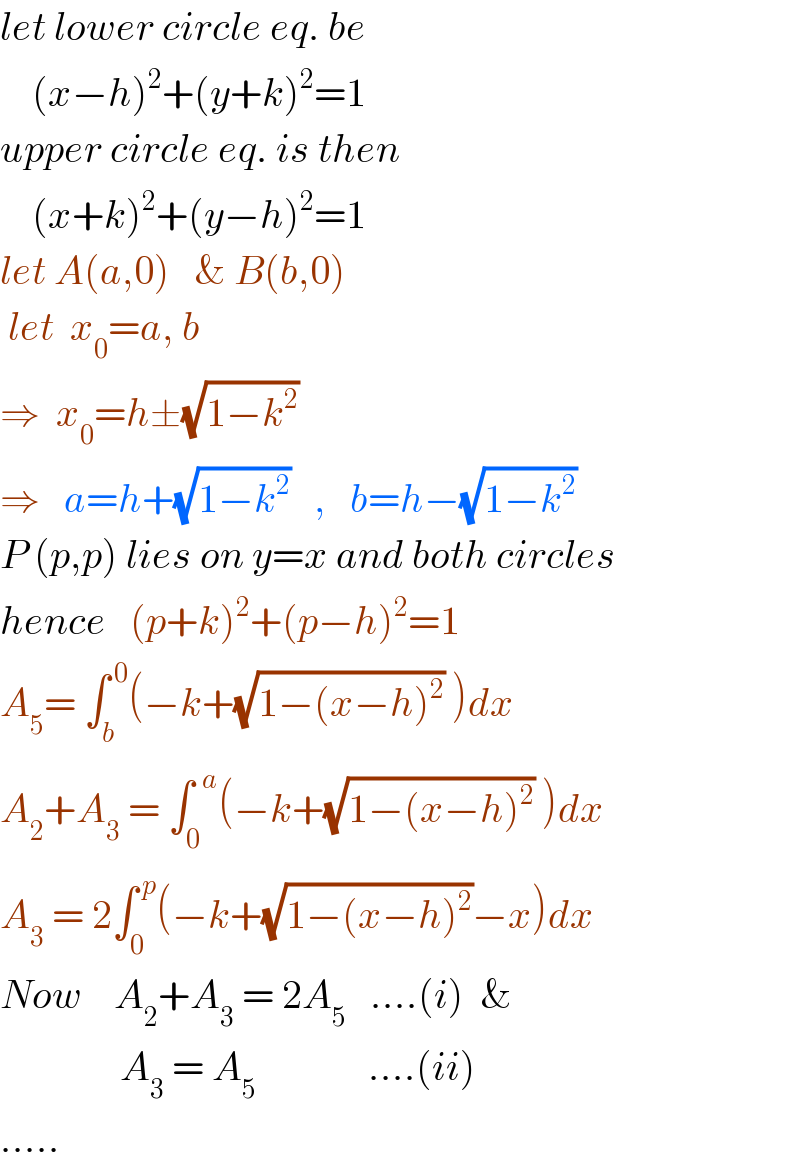
Question and Answers Forum
Question Number 105001 by ajfour last updated on 25/Jul/20

Commented by ajfour last updated on 25/Jul/20

Answered by ajfour last updated on 25/Jul/20

| ||
Question and Answers Forum | ||
Question Number 105001 by ajfour last updated on 25/Jul/20 | ||
 | ||
Commented by ajfour last updated on 25/Jul/20 | ||
 | ||
Answered by ajfour last updated on 25/Jul/20 | ||
 | ||
| ||